After Rome lost 3 legions to Germanic tribes united under Ariminius, aka Hermann, in the 9 A.D. Battle of Teutoborg forest, Augustus ordered that troops withdraw to the Rhine, and there the border stayed pretty much without exception until the empire crumbled.
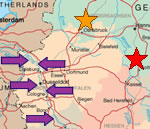 Germanicus made some incursions past the Rhine 5 years later, but basically historians thought Teutoborg marked the end of a strong Roman military presence east of the Rhine.
Germanicus made some incursions past the Rhine 5 years later, but basically historians thought Teutoborg marked the end of a strong Roman military presence east of the Rhine.
Those assumptions now gang agley because archaeologists have found a massive 3rd century Roman battlefield south of Hannover way east of the Rhine, even east of the Teutoborg site.
So far metal detector enthusiasts and archaeologists have uncovered over 600 artifacts over a mile of forest, including spear points, arrows, axe heads, wagon parts, sandal nails, coins, even hippo-sandals, a kind of rudimentary horse shoe.
At least one arrowhead still contained enough of the original wooden shaft to provide organic material for radiocarbon dating, which place it some time in the 3rd century A.D. Coins and other objects support the idea that the battle may have been fought some time between 200 and 250 A.D. […]
The specialized artillery and hundreds of Roman sandal nails found atop Harzhorn Hill is a good indication the combatants were Romans, not barbarians using Roman weapons. Roman artifacts have been found as far north as the Baltic Sea, but have usually been dismissed as trade goods. “Roman sandals on German feet doesn’t make sense, at least not in that amount,” says Friedrich Lueth, head of the German Archaeological Institute’s Roman German Commission. “At this late stage, it’s quite surprising to see them so far north.”
The artifacts weren’t strewn willy-nilly. The spear points are almost all facing the same direction, so archaeologists have been able to map troop movements during the battle.
Not only did the thousand or so Romans win in something like 30 minutes, but they came from the north, so they were even deeper into Germanic territory before the fight.
Preachable moment: if the metal detectorists hadn’t reported the initial finds but instead just took what they found and kept it or sold it, this battle which reverses conventional historical wisdom on the trajectory of empire would remain unknown.
This is a fine example of why archaeological context matters far beyond the mere value of excavated goods.
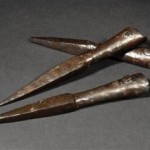
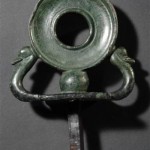
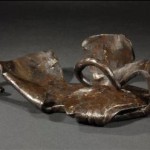
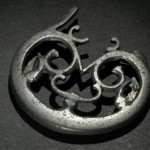
Wondering if you are aware of any pilum-head finds on the site. I’ve seen the leaf-shaped spearheads. lack of pilum heads in an engagement like that would tell us the Army had already moved far from the old standard of uniform training and equipment, and toward specialization.
A thousand soldiers? Seems like a small force, especially so far beyond the frontier. Maybe it was a unit detached from a larger army operating in the area?